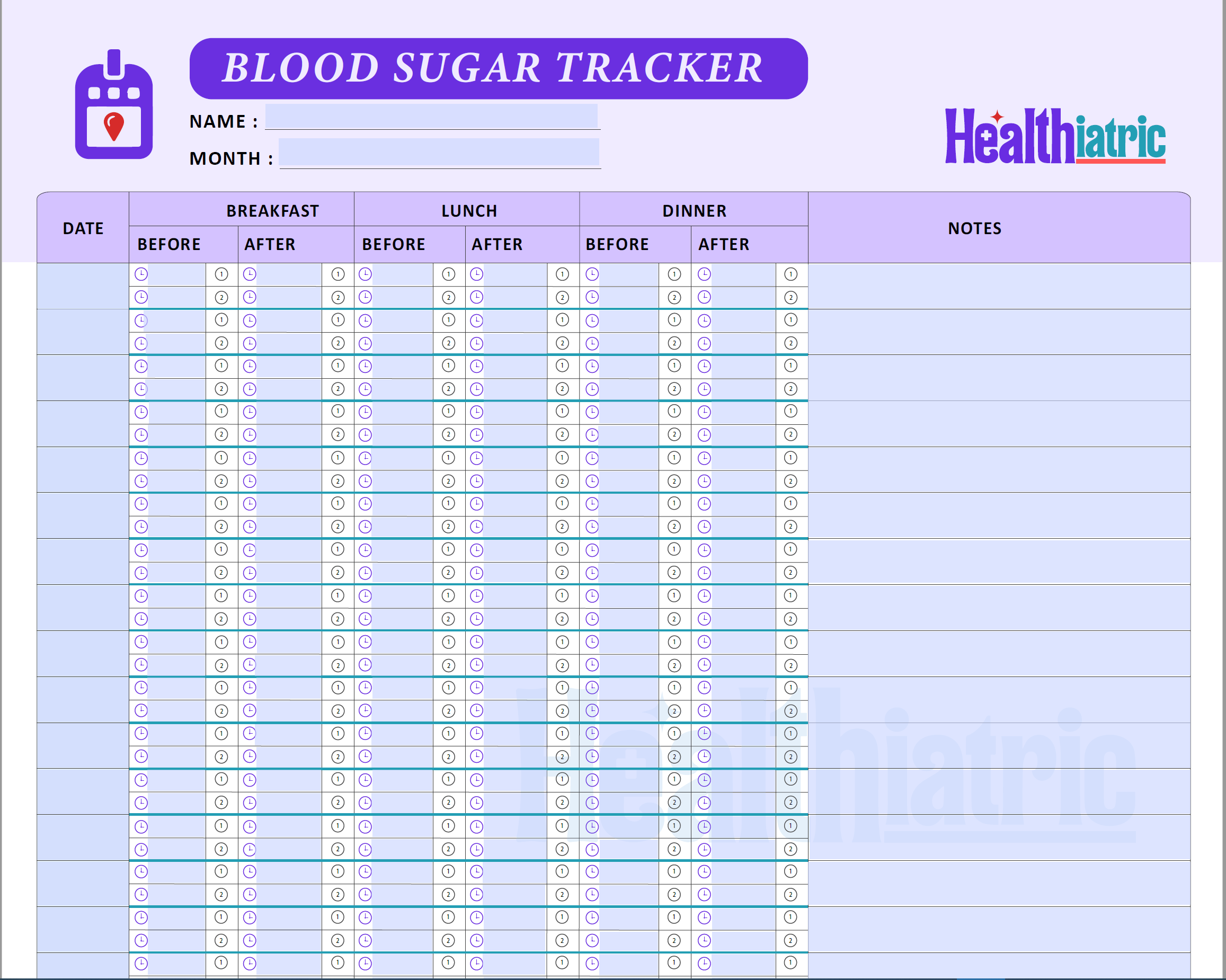
Exercise and making it a habit to be healthy may be a reoccurring desire for everyone. Physical exercise is best perceived as a healthy habit with numerous advantages, whether aesthetic or health, rather than an imposition. However, taking the initial step might be difficult, particularly if you wish to start practicing sports after a long period without doing so or if you have never exercised regularly.
To assist you in overcoming your fears, we’ve put up a few pointers on how to get started with sports. So, if you want to learn how to begin exercising and make it a habit, keep reading to learn the secrets to doing so.
- Set clear, achievable goals to boost motivation.
- Gradually increase workout intensity to avoid burnout.
- Find a workout buddy or join a team for accountability.
- Reward yourself for reaching milestones to stay motivated.
- Track progress with an app or journal for focus.
- Create a structured routine to integrate sports into daily life.
- Choose sports that match your interests for a smoother transition.
- Update your routine with new activities to keep workouts exciting.
Set Your Goal Realistic
Whether new to exercising or not, setting your goal is the first aspect to consider! Ask yourself if you genuinely want to exercise and what you want to accomplish with it. Of course, you must establish realistic objectives, so you do not encounter disappointments or feelings of failure, leading you to stop exercising.
For example, if you want to lose 10 kg in a month, it is unlikely to be achieved. When you first begin exercising, it would be best to be realistic with your goals. Focus on the actual act of exercising to look and feel better rather than a certain quantity of pounds to lose. It will make the results simpler to attain, avoid placing excessive strain on yourself and healthily lose weight.
Don’t Exceed Your Limit.
To understand how to begin exercising from scratch, or if you want to start sports with obesity or another health issue, you must know your physical state and speak with your doctor about the ideal rhythm for you and what kind of sport or exercise you need.
The most important consideration is your health, and the best way to get optimum and long-term outcomes is to tailor the sport to each stage of your development. Similarly, knowing how and when to begin playing sports after delivery is critical, and we encourage speaking with your doctor to be safe and take care of your health.
When exercising, the goal is to train your muscles and prevent getting unduly tired continually. You should maintain a functional pace with a reasonable effort for your strength and endurance. When you first begin exercising, the frequency with which you do it is critical. As a result, you must exercise four or five times each week, with 30-minute training days. This time, however, may be broken into intervals to suit your needs.
The crucial thing is that you choose the kind and intensity of the exercise and begin with something manageable for you in your present condition and gradually raise it as your needs and abilities change.
Make Your Way Up To More challenging workouts by Beginning with Easier Ones
Hitting the gym is often considered the most acceptable method to work out. Of course, a gym will offer trainers and specialized equipment to assist you in getting in shape, but if you want to make a difference, you may start at home.
Your body will not be able to tolerate too much physical stress if you haven’t trained in a long time, so be cautious not to damage yourself and only practice activities that you like. To get started, concentrate on three kinds of aerobic workouts, which are low-intensity activities that help you manage your breathing and enhance your physical condition:
- Cardio: These workouts will help you manage your breathing and boost your heart rate. Simple examples are quick walking, stair climbing, running, and cycling. You may find additional cardio workouts to perform at home here if you want more ideas.
- Flexibility: These exercises are designed to increase mobility by using all your muscles. Stretching, leaping, and striding are examples of this. You may find more flexibility exercises here.
- Strength: Using your bodyweight as a kind of pressure, these movements will help you build muscle strength. Squats, tricep dips, planks, traditional crunches, and push-ups are good places to start. You can increase power and stamina with push-ups.
Design a Fun Routine to Start Training
If you’re still unsure how to begin exercising to lose weight and improve your health, consider creating a functional fitness regimen tailored to your physical ability. The objective is to have fun while participating in sports and not push ourselves beyond our strength and physical resistance, making training an actual agony.
Improve Your Diet to Start Exercising
Whether you’re focusing on how to start exercising at age 0 or how to start exercising at age 50 or beyond, the significance of nutrition cannot be overstated. It will be tough to exercise regularly if you overeat fat and do not adequately hydrate.
If you plan to exercise, you must be clear about what meals to ingest. It’s not about sticking to a rigid diet to lose weight; it’s about eating correctly to ensure that you have enough energy and the right food throughout each exercise so that physical activity is healthy for your body.
Get in the Habit of Exercising
You must not only establish the habit of participating in sports but also abandon inactive behaviors. We offer the following methods if you want to start playing sports at home, at the gym, or on the street and make it a habit:
- Make a training regimen that fits your routine to get the most out of it.
- Make an exercise area in your house.
- Choose simple exercises to complete to minimize injury and frustration while beginning out.
- Begin slowly, with modest practices that enable you to work out for 30 minutes nearly every day on average.
- Forget the excuses and think of your time participating in sports as a treat for your body and mind.
Reward Your Effort
You may reward yourself after each training day. What should you do? Rewarding oneself by eating something tasty and nutritious. A fruit salad, a smoothie, yogurt, and a fiber cookie, to name a few. Any healthy meal alternatives you like will satisfy your hunger and reward you for achieving your daily activity goal.
You may find additional methods to reward yourself based on your preferences and make certain exceptions, but remember that they should not become habits that bring you back to a sedentary lifestyle and inadequate nutrition.
Takeaway
Becoming more active is easier than you think. With the rise of “active” hobbies like kickboxing, parkour, and pole dancing, it’s evident that being more active is no longer something reserved for just elite athletes. If getting sweaty in a gym or schlepping up a hill with a backpack on doesn’t exactly appeal to you, there are plenty of other ways to get your sweat on.
There are so many benefits to regularly doing physical activities that it sounds too good to be accurate, from improving your mood and curbing stress to lowering the risks of cardiovascular diseases and some cancers. The trick is finding something that you enjoy enough to stick with.
You Might Also Like
-
Raazi 7 Min
Know the Types of Top Sports Injuries
-
heena256 6 Min
Why is it Essential Physiologically and Psychologically for Athletes to Keep Their Normal Hormone Levels?
-
heena256 9 Min
The Ultimate Guide to Bodybuilding Supplements
-
heena256 6 Min
How Playing Cricket Keeps You Active and Smart?
-
heena256 5 Min
How is Boxing Beneficial for You Physically and Mentally?



